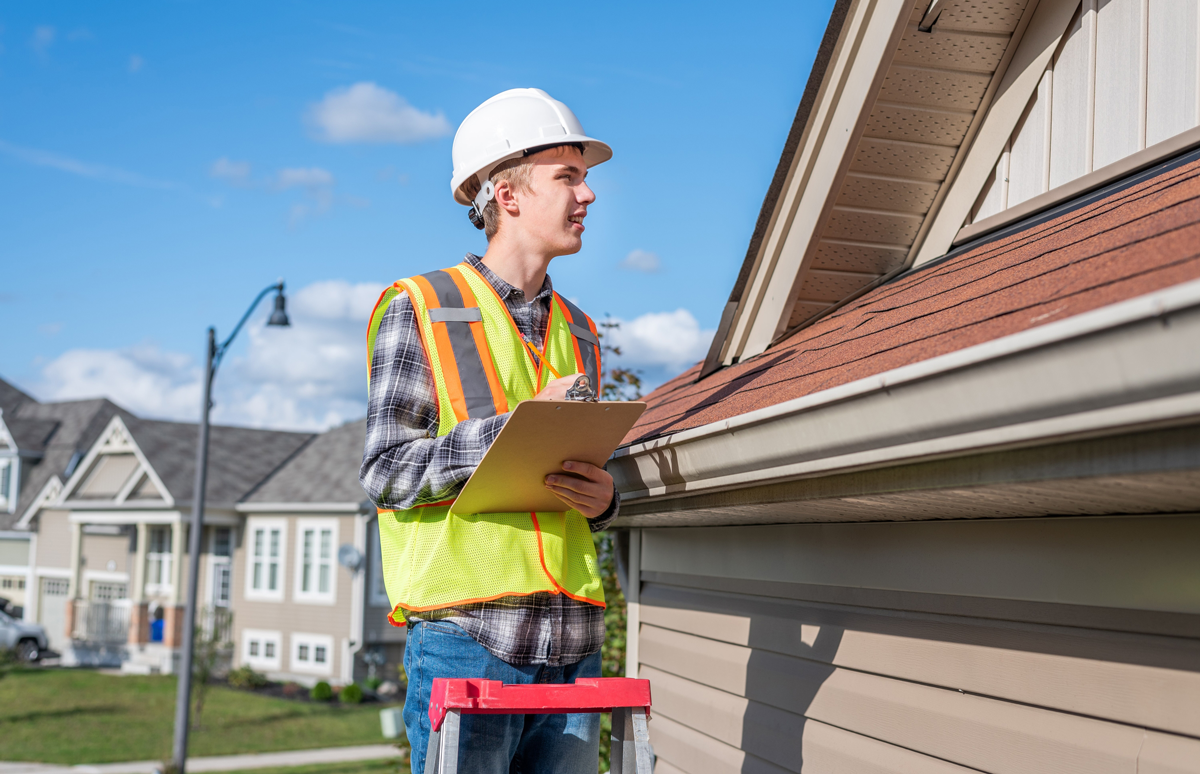Home extensions have a great potential to transform living spaces, adding more living space and value to your property. But a project of this scale also needs a lot of planning ahead. This guide lays out some of the important steps for making the extension experience go smoothly and efficiently.
Assessing Needs and Goals
The first stage of any project is to identify the main reasons for designing your home. Find out if it requires extra space for family requirements, a home office, or entertainment. Have a clearer idea of the project you really want to build and the decisions to be made along the way in order to align with your personal and financial goals.
Budget Planning
Home extension is incomplete without proper financial planning. Create a budget: Create a realistic budget – including construction costs, materials, labour, and unanticipated costs. Professionals can help you see tangible numbers. Including a buffer to optimise for unpredictable circumstances that may arise along the way and help keep the project in motion is also never a bad idea.
Consulting Professionals
Talking to architects and builders about the type of property you want can reveal a lot of information, so it may pay to engage these people early on. They can advise on design options, structural needs, and local code issues. Their experience can ascertain that the project meets the safety standards and regulations so that any expensive corrections down the line are avoided.
Understanding Local Regulations
You must follow certain building codes and regulations that your area may have. It is also important to research about these rules to avoid legal problems. It’s essential to acquire all the permits needed prior to starting any construction work. This is often better done through consulting a local authority or a known professional acquainted with the rules and regulations.
Design and Planning
A thoughtfully planned design is the key to your home extension success. Think about how the new space will fit into the existing site. Consider factors like natural light, ventilation and aesthetics. Working with an architect is good to help guide your ideas to a functional and nice-looking design.
Choosing Materials
Choosing the right materials affects the extension’s end usage and visual look. Choose materials considering their durability, maintenance needs and environmental impact. Technological keepsakes provide long-term, probably keep energy, and help comfort.
Contractor Selection
Only a reliable and experienced contractor can help make the project a reality. Look into candidates’ previous works and what their clients mentioned. Communication on expectations, timelines, costs all need to be crystal clear. To prevent any misunderstanding between you and coronavirus, it is better to have a detailed contract defining the responsibilities and deliverables.
Preparing for Disruption
Construction inevitably disrupts daily life, and accounts for noise, dust, and limited access to parts of the house. Letting family members and neighbours know that something needs to be fixed helps prevent friction during this momentary nuisance. Establishing clear timelines for contractors will help limit disruption and keep the job running to scope.
Insurance Considerations
Reviewing insurance policies is essential prior to commencing any construction. Verify that the home insurance will cover the possibility of damages or liabilities resulting from the project. Invoicing with the insurance given Provider sufficient, or arranged with the insurance carrier;
Sustainable Practices
Adding green practices also benefits the extension in terms of value and efficiency. Keep windows, insulation, and appliances energy efficient. Sustainable practices not only protect the environment but also naturally reduce utility bills, which eventually means savings in the long run.
Evaluating Return on Investment
You should also consider any potential return on investment, similar to any home improvement project. Think of the overall value and market attraction the extension will or will not have on the property. Although personal satisfaction is something to consider, the potential financial benefits ultimately help make an informed decision about whether investing in a workshop is right for you.
Post-Construction Review
After construction, all the work is carefully inspected to monitor the project’s needs and quality control. If there is a discrepancy with the contractor, sort it out as soon as possible. The final walkthrough will make sure you are still happy and address any lingering issues.
Home Extension in Auckland
If you are considering a home extension in Auckland, you need to know the conditions and trends. Due to the unique climate and architectural styles in this region, design and material selection may be affected. Working with local professionals who understand these subtleties can increase the success rates of such projects.
Conclusion
Steve and Darren hit all of the main points when it comes to planning for and executing a home extension: Through needs assessment, financial planning, professional consultation and understanding of local regulations, owners can design space to optimise function and value. By getting ready and knowing exactly what is to come, you can be assured of a transformation done right, one that will reward you and keep you happy for time to come.



